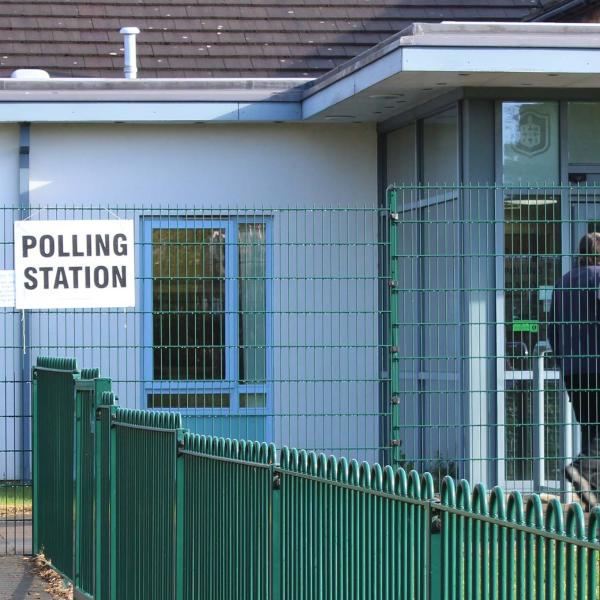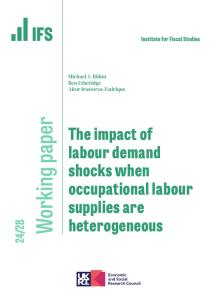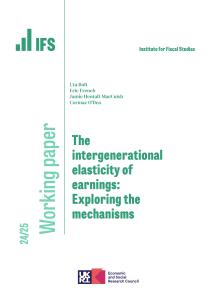Last week came another slew of labour market data and a big response in the debt markets. Wages were up more than expected and the markets took this as the latest sign that there is more to do to fight inflation, which keeps on failing to drop as fast as was forecast.
The result: more interest rate rises are expected from the Bank of England than previously anticipated, which has pushed up mortgage deals yet again and will lead to another increase in the cost of financing government debt.
Average earnings are rising at an annual rate of just over 7 per cent. That is the fastest rate of increase for decades. Private sector pay is in fact now growing at pretty much the same rate as prices. Pay in the public sector is not. It continues to lag both inflation and private sector growth.
If the economy-wide squeeze on earnings is coming to an end, that will be some relief to many hard-pressed households but do not cheer too loudly. Real earnings are still down on their immediate pre-pandemic levels and the vicissitudes of recent years mean that they have not really progressed since the mid-2000s.
That is what makes this period so tough. Over the past seventy years and more, economic downturns and squeezes on household incomes have almost always followed a few years of decent growth. This time the squeeze has come on top of a miserable decade and a half.
Focusing on the present, though, one thing that has beaten pre-pandemic records is the number of people in work: just over 33 million of us. Unemployment is still near record lows but the fraction of working-age people in work has not returned to where it was at the start of 2020. Rates of economic inactivity — the proportion of working-age people who are neither in paid work nor looking for it — are up.
This is especially worrying, first because it is a malaise not shared by most other advanced economies; second because of the huge increase in the numbers saying that they are inactive because of sickness. More than two and a half million people of working age now say they are economically inactive because of long-term ill health. That is an increase of well over 400,000 since the eve of the pandemic. One symptom of that has been an increase by an astonishing 25 per cent in the numbers claiming working-age disability benefits in the past four years.
As far as the Bank of England is concerned, this is all bad news. High nominal private sector wage growth, low unemployment and a shrunken workforce all point in one direction: inflationary risk.
That is layered on top of the fact that core inflation — inflation stripping out volatile food and energy prices — is already higher than in any other G7 economy. That is why the markets are now expecting the Bank to raise interest rates further. The Bank rate is at 4.5 per cent; the central market expectations are that it could approach 6 per cent.
Those expectations are what have driven a number of mortgage providers to review their offering and once more increase the cost of fixed-rate deals.
All that is going to be, and to some extent already has been, horrible for households with mortgages and especially for people with bigger mortgages, who tend to be younger.
Increases in mortgage rates alone mean that many of them will take a hit of 10 per cent or more to their disposable incomes: their incomes after mortgage payments. The impacts will come piece by piece over the next year or two as fixed-rate deals come to an end and households roll over on to new deals.
That is one of the problems for the Bank as it raises interest rates: the effects are not felt as quickly as they used to be when more people had variable-rate mortgages. The effects are also felt, directly, by a smaller fraction of the population and at different times. Not only are there fewer owner-occupiers than there used to be but more than half of them now own their homes outright.
This is all rather bad news for most of us with a mortgage. It is also a serious headache for the chancellor. There is one upside: faster growth in earnings should provide a boost to tax revenues. Those freezes in income tax thresholds and allowances will prove even more remunerative.
There is rather more in the debit column. One is a big increase in spending on working-age disability benefits, which is due to rise from £14 billion in 2019-20 to more than £25 billion by 2027-28. That is a staggering statistic. Secondly, these figures will make holding the line on public sector pay increasingly difficult and increasingly damaging. You cannot just keep cutting pay in the public sector relative to that in the private sector without some pretty unpleasant consequences.
Perhaps even more worrying will be the effect of higher interest rates on the cost of servicing government debt. That cost was already on course to settle at its highest level in decades. It is now going to rise even further: one percentage point on interest rates adds £15 billion a year to debt interest spending, with most of that impact coming through immediately. That makes getting the government finances under control ever harder.
Getting debt falling as a fraction of national income, which both the chancellor and shadow chancellor claim they are committed to, would necessitate running unusually small deficits, implying either further tax increases or an even tighter squeeze on public spending.
In the short term all this makes talk of new net pre-election tax cuts seem even more rash. Not only would that look unsustainable, given the state of the public finances, it could also put further upwards pressure on inflation and interest rates.
This article was first published in The Times and is reproduced here with kind permission.










